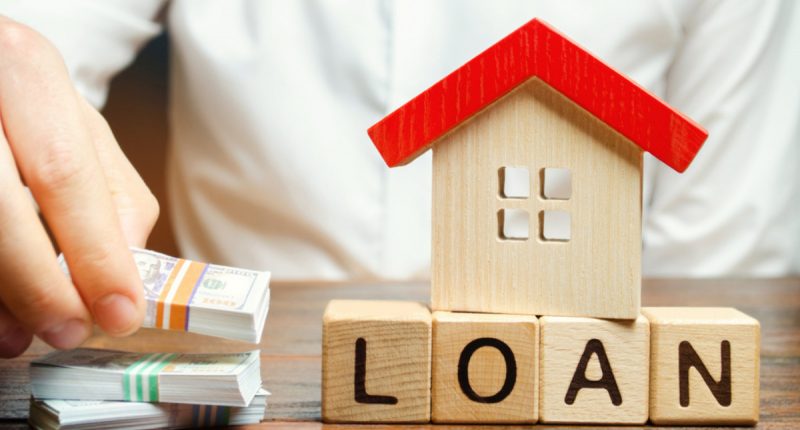In the past 20 months, the average home loan interest rate has experienced a spike from 7% to 9.5%, as per a report. As a result, the equated monthly instalments (EMIs) have received a push of Rs 158 per lakh, which translates into a rise from Rs 775 to Rs 932 per lakh.
This underscores the fact that there has been a considerable uptick in average home loan interest rates in the past 20 months. For example, let’s say, previously, the EMI for a loan of Rs 1 lakh was Rs 775. After the spike in interest rates, it rose to Rs 932 per lakh.
At first glance, this jump of Rs 158 per lakh might seem nominal for every lakh borrowed, but for larger loan amounts or longer tenures, the cumulative effect could considerably influence the total repayment amount over the loan’s tenure.
In addition, the shift in mortgage rates has been another influencing factor. In 2021, the average rate stood at about 3.27% for a 30-year fixed mortgage. Currently, the average rate has more than doubled, surging to 7.12%.
This doubling of mortgage rates highlights a percentage increase in the interest borrowers are likely to pay for a 30-year fixed mortgage.
For example, in case an individual borrowed at the average rate in 2021 and maintained the same loan terms into the current period, they would be paying considerably more in interest payments over the loan’s lifetime considering this dramatic rise in rates.
In addition, the successive repo rate hikes since the surge in May 2022 from 4% to the current 6.5% have led to existing borrowers experiencing multiple equated monthly installment (EMI) increases.
Considering that external benchmark rates tend to directly impact floating interest rates on home loans, decisions by banks and non-banking financial companies (NBFCs) to raise rates further are driven by multiple factors such as economic conditions, central bank policies, and market dynamics.
Lenders, including a few banks, are offering discounts to applicants with strong credit histories despite repo rate increments, thus reducing home loan interest rates for those with relatively higher credit scores.
As borrowers trudge through these challenging phases, the prospect of potential rate hikes has remained a crucial point of concern.
Meanwhile, borrowers can look forward to exploring various other avenues, which include steps such as switching to lower home loan rates or continuing to prepay parts of the loan as part of strategies that would aid in reducing the burden of rising EMIs.

Rajiv is an independent editorial consultant for the last decade. Prior to this, he worked as a full-time journalist associated with various prominent print media houses. In his spare time, he loves to paint on canvas.





